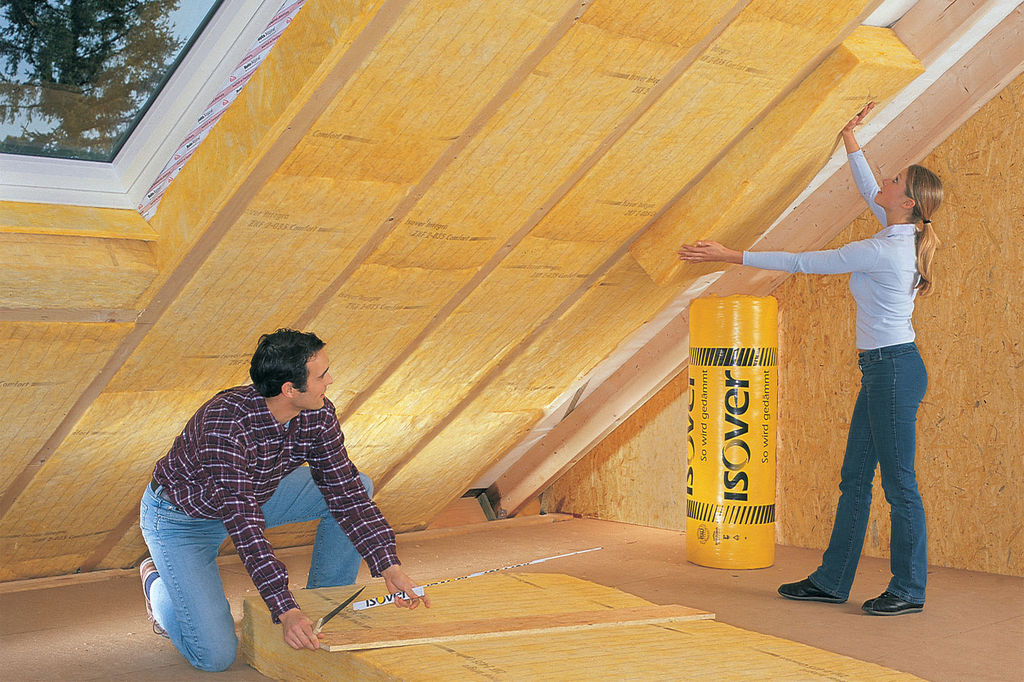BEST FLOOR INSULATION IN 2023
Save Energy Bills
Floor Insulation
According to Energy Saving Trust, up to £75 can be saved by insulating floors. Both Solid and suspended floors can be insulated. However, due to complicated process for solid floors, high disruption and costs, these are only considered if whole property is undergoing renovation. Suspended timber floors, however, are a lot easier, less disruptive and cost effective. At ECO4, we have best installers in the industry and were ones of the pioneers of this measure under the funding schemes.
Floor insulation is the best way to maintain a home warmer.

Typically, insulating the floor will suffice for most cases. However, if you are situated on an upper level, insulation for the floor area may not be necessary. Nonetheless, it is crucial to consider insulation for floors above unheated spaces, such as garages, as significant heat loss can occur through them.
Solid concrete ground floors are a popular choice for many modern homes, and they can be insulated with rigid insulation if they become damaged. However, older homes are more likely to have suspended timber floors, which are identifiable if there are ventilation bricks or vents outside your home that are lower than floor level. It’s crucial not to block these vents, as they help to ventilate the floor and prevent the floorboards from rotting. If you have a basement or underground area, you can inspect the floor to see the wooden joists and underside of the wooden floorboards if it’s suspended. To insulate the timber floor, you can insert mineral wool between the joists using netting. Ground floorboard insulation can save an average property around £75 per year or up to £130 for a detached home. To install insulation, you may need to remove a corner of your carpet and underlay, depending on the space available beneath your house.
Check Your Floor Type
- Concrete floors are insulated with rigid foam insulation that can be installed above or beneath the concrete.
- If the insulation is under the concrete floor, then the floor store the heat during the day which keeps the room warmer at night.
If the concrete is under the insulation then the inner dwelling heats up rapidly in the morning. - It is possible to insulate your solid floor even if it doesn’t need replacing. The rigid insulation is used to insulate solid floor and then chipboards are placed over it. This can raise the floor’s level which is why you’ll have to ensure that doors are cut shorter to allow for the insulation.
- The skirting boards as well as some electrical sockets might require to be relocated.
Fulfillment of building regulations
- You will need to adhere to the local building regulations if you plan to add extra insulation to your floors.
- Your installer will usually arrange for this, but it is your responsibility.
- If you are in Wales or England, your floor should have a minimum U-value of 0.25W/m2K. The U-value measures how fast heat can travel through the floor.
- This standard will require at least 70mm high-performance foam insulation or 150mm mineral wool.
- However, this can vary depending on the floor type, shape, and size.
- You must insulate to the standards if you plan to replace at least half of a floor.
Is it really for free?
This is all part of Energy Company Obligation, which is run by the British government. Learn more information about ECO by clicking here. The advantages of FREE cavity wall insulation as a result of Government’s ECO4 scheme:
Roof Inspection
Scheduling An Appointment
Fill this form and send your contact details we'll contact you ASAP
